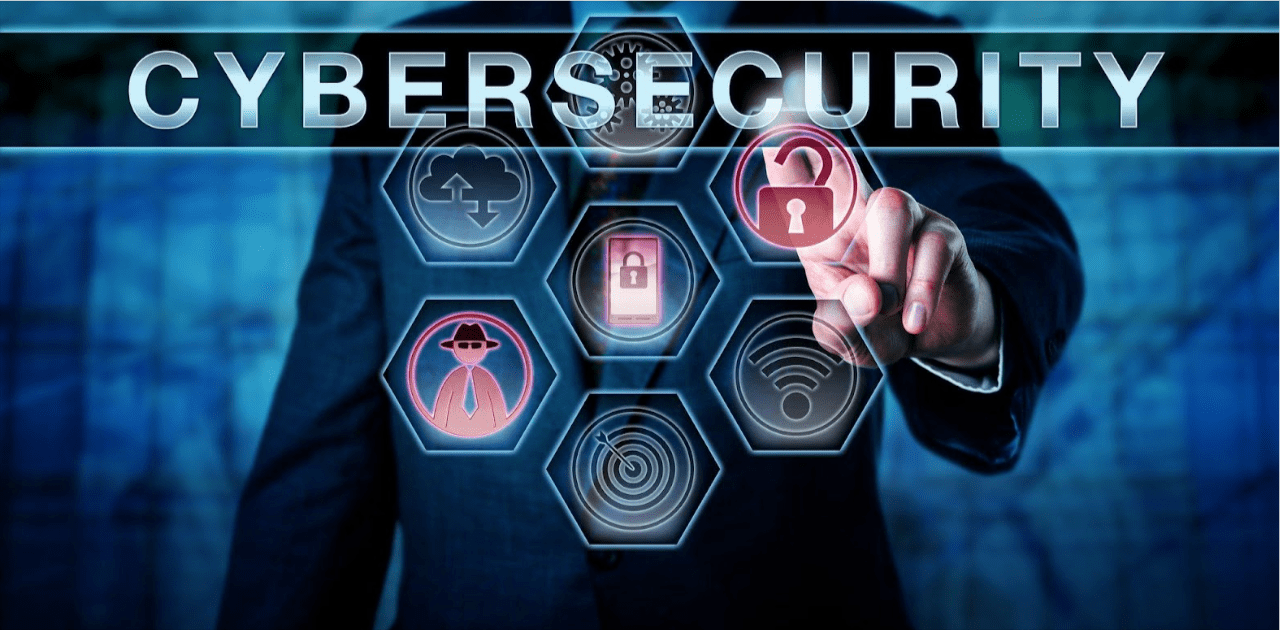
Explore the power of proactive security configuration management and safeguard your organization in an ever-evolving threat landscape.
In this age of data breaches and cyber threats, safeguarding your digital kingdom is more critical than ever.
Today, we’re diving into the world of cybersecurity to talk about a game-changing strategy: security configuration management. It’s like building an impenetrable fortress for your digital assets, and it’s not as complicated as it sounds.
So, grab your virtual shield, and let’s explore how to enhance your cybersecurity strategy with proactive security configuration management. Continue reading!
What is Security Configuration Management?
Alright, let’s break it down without all the jargon. Security configuration management is like your home security system but for your digital devices and networks.
It involves configuring your systems and software to be as secure as Fort Knox. You set up your devices, apps, and networks with the right settings and updates to keep cybercriminals at bay.
Step 1: Know Your Assets
The first step in boosting your cybersecurity game with security configuration management is to know what you’re protecting. Take inventory of all your digital assets – from computers and smartphones to servers and routers.
Make a list, and keep your files encrypted and updated. After all, you can’t protect what you don’t know you have.
Step 2: Patch, Patch, Patch
Software updates may seem bothersome, but they’re essential for defense against cyber threats. Hackers frequently target vulnerabilities in outdated software to infiltrate systems, making timely updates critical. In the context of zero trust security, which follows the ‘never trust, always verify’ principle, the importance of these updates is underscored. So how does zero trust security work?
Zero trust doesn’t inherently trust any entity inside or outside its network. It demands rigorous identity verification for every individual and device seeking access to network resources, irrespective of their location relative to the network’s boundaries. This method significantly reduces the chances of unauthorized access, establishing routine software updates as an integral component of security.
Therefore, it’s wise to activate automatic updates when available, and pay attention to update notifications. These updates often contain crucial security enhancements and ransomware defenses, which are vital for protecting your digital assets.
Step 3: Lock Those Passwords
You’ve heard it a million times, but it’s worth repeating: strong, unique passwords are your best buddies in the digital world. Use a mix of uppercase and lowercase letters, numbers, and special characters.
Avoid common phrases and names. And, for the love of cybersecurity, don’t use “123456” or “password” as your password. If remembering a bunch of complex passwords is a pain, consider using a trusted password manager.
Step 4: Network Segmentation
Think of your network as a medieval castle with different walls and moats. Network segmentation is like having multiple layers of defense.
You separate your digital assets into smaller networks and set up a secure configuration to prevent an intruder from roaming freely. So, even if one part of your network gets compromised, the rest remains secure.
Step 5: Continuous Monitoring
Cyber threats don’t take vacations, and neither should your security efforts. Implement continuous monitoring tools that keep an eye on your systems 24/7.
These tools can detect unusual activities, protect backups from ransomware, and flag potential threats before they turn into a full-blown cyber crisis. It’s like having a digital guard dog that never sleeps.
Step 6: Educate Your Team and Stay Informed
Cybersecurity isn’t just a one-person job; it’s a team effort. Educate everyone in your organization about the importance of security configuration management.
Conduct regular training sessions to teach your employees about phishing scams, social engineering tactics, and safe online behavior. Encourage them to report any suspicious emails or activities promptly.
Strengthening Your Cybersecurity With Security Configuration Management
It’s easier than ever for hackers to get in and do damage, but security configuration management can protect you. It’s all about setting up strong passwords and constant monitoring to keep your digital assets as safe as possible.
These steps will help you improve your cybersecurity, making it harder for hackers to get through your defenses. Don’t forget to stay alert, keep your software updated, and never let down your guard.
Did you like this article? Great! Browse through our site to find more interesting guides.



